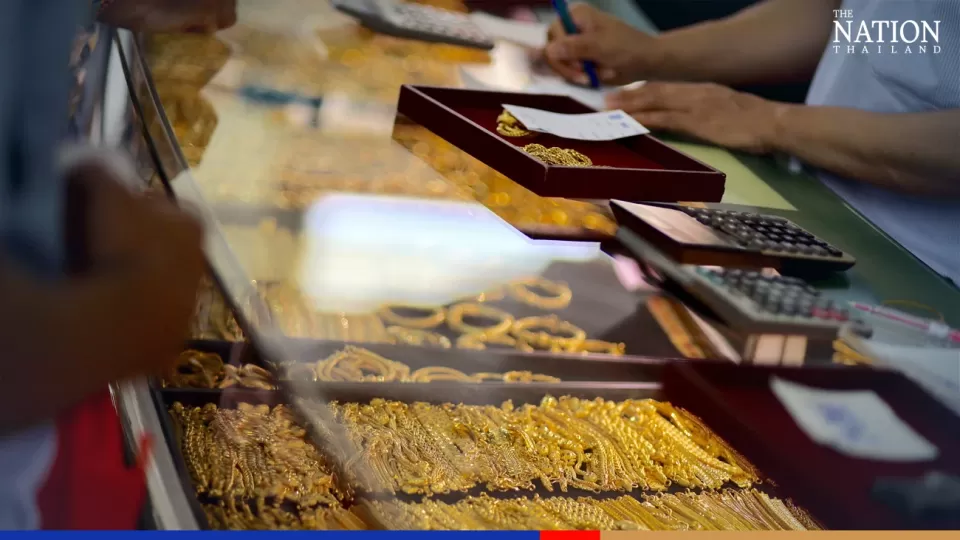November 8, 2022
BANGKOK – The demand for gold in Thailand has risen 40% year-on-year, fuelled by the rebound in tourism, the World Gold Council’s recent report on global trends showed.
The council’s regional CEO Andrew Naylor told the press on Monday that the consumption of gold in Thailand has risen from 8.6 tonnes in the third quarter of last year to 12.1 tonnes in the same period this year.
During the same period, there has been a 35% year-on-year surge in the demand for jewellery, from 1.9 tonnes to 2.5 tonnes, and a 42% year-on-year rise in the sale of bars and coins, from 6.7 tonnes to 9.6 tonnes.
“This is the longest streak of consumer demand growth in Thailand, and the seventh consecutive quarter that we’ve seen an increase in jewellery consumption,” Naylor added.
He believes the surge in demand can be put down to a rebound in tourism and dropping prices, which are encouraging retailers to replenish their inventories.
He said gold retailers and jewellers anticipate a healthy demand in the fourth quarter as they prepare for the wedding season and year-end festive season.
This trend, he said, is consistent with the global demand for gold, which has recorded a 28% increase year-on-year.
Consumption of gold so far this year has risen to pre-Covid levels, with consumers and central banks buying up the precious metal despite a notable drop in investments.
According to the report, gold remains popular with retail investors turning to gold in the face of rampant inflation and geopolitical uncertainty.
The report said most investors prefer to hedge inflation by snapping up gold bars or coins, which has propelled total demand by 36% year on year.
This was supported by significant purchases in Turkey (up by more than a five-fold year on year) and Germany (up 25% year on year at 42 tonnes). Similar movements were seen in other major markets.
Global consumption of gold jewellery has continued to rebound and is now back to pre-pandemic levels at 523 tonnes – 10% more than the third quarter of 2021.
Much of this was driven by India’s urban consumers, where demand rose by 17% year on year to 146 tonnes. Similar growth was seen in the Middle East, with jewellery consumption in Saudi Arabia rising by 20% and by 30% in the United Arab Emirates since the third quarter of 2021.
Meanwhile, a drop in the price of gold in July has boosted consumer confidence and the easing of suppressed demand has helped contribute to the modest 5% rise in China’s jewellery consumption.
Gold’s safe-haven appeal obviously attracted retail investors in China amid slumping currency and equity prices.
The demand for gold has also risen thanks to central banks, whose buy-ups are expected to hit a record 400 tonnes in the third quarter.
This is in line with a recent survey of central banks, in which 25% of the respondents said they planned to increase their gold reserves in the next 12 months.
Louise Street, a senior markets analyst at the World Gold Council, said this demand reflects the metal’s status as a safe haven asset in a shaky macroeconomic environment.
She believes the demand for jewellery will remain strong in regions like India and Southeast Asia, while the technology sector will likely drop in the face of an economic slowdown.


